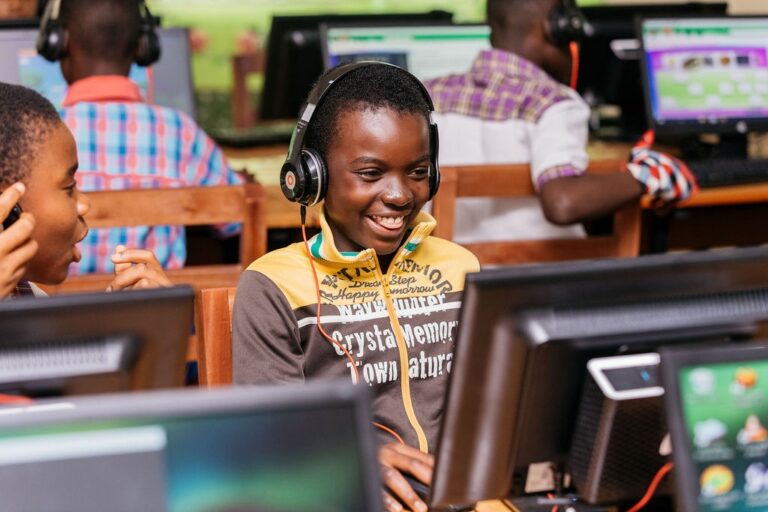By Kumaran P, Bangalore Mirror Bureau | Updated: Apr 3, 2018,
Despite its best intentions – ranging from free socks and books, to the best mid-day meal program in the country – Karnataka has been unable to lure a large chunk of students to schools. The various Bhagyas (welfare programs) of the Siddaramaiah government also failed to focus on primary education.
According to the Human Resource Development ministry, the projected population in the 6-17 age group is 1,26,95,148 (the figure is arrived at through a complex matrix of compounded annual growth rate interpolated with data for each age group). However, the Unified District Information System for Education (U-DISE) enrolment data for Karnataka shows 1,09,28,854 children enrolled in schools in 2016 (this data is based on what teachers across schools in Karnataka report). This means that 17,66,294 students are out of school.
As per the Right to Education Act 2009, it is the responsibility of the state government to ensure that every citizen receives primary education (from Class I to VIII) at the least. However, Karnataka has stressed only on Section 12(1)c of the RTE Act that reserves 25 per cent seats for students from economically weaker sections. It has not bothered with Section 4 of the Act which deals with out-of-school students and how to bring them back or into the education system, says VP Niranjanaradhya, an educationist working closely with various education programs in the state.
Compared to other South Indian states, Karnataka is better off than only Telangana (1.65+ crore out-of-school students) and Andhra Pradesh (22.9+ lakh); Tamil Nadu (6.39+ lakh) and Kerala (4.24+ lakh out-of-school students) fare much better. Our neighbour to the north-west, Maharashtra, has 20.49+ lakh out-of-school students. (let’s put those figures in perspective: Maharashtra has 2.45+ crore students in 6-17 age group; Karnataka’s corresponding figure is 1.26+ crore)
“After Karnataka government implemented RTE, there has been no data collection activity. This U-DISE data is given by teachers in all the schools and this information cannot be true,” said Niranjanaradhya, adding that the child rights commission had informed the govt about 1.7 lakh students who were out of school but the govt disputed the data and said only 10,000 students were out of school. “The government does not hire a third party to do this data collection work nor do they believe the data given by others who have done a comprehensive study,” he said.
Section 9(B) of the RTE Act also states that local officials and the civic bodies need to have up-to-date information about the children. Although teachers have been designated as the first line of defence when students drop out – they are supposed to trace them and cajole them into returning to school – it is the responsibility of the area’s DDPI (Deputy Director of Public Instructions) and his team to ensure that no kid is left behind.
Unfortunately, this robust mechanism has not been implemented with much vigour in Karnataka. (Maharashtra, on the other hand, recently put the onus on schools to ensure that children do not drop out; if they do, the school is held responsible and is denied government aid and approvals).

Reacting to the high number of out-of-school students, Tanveer Sait, Primary and Secondary Education minister said: “Child census is conducted every year; this year we started a new survey by teachers called the enrolment drive. Women and Child Welfare department reports the Anganwadi data and the labour department does its own survey. This way, when we look at the population projection and the enrolment data, there is a vast difference. Also, we have a programme for physically challenged kids where we impart home tuitions, but they are still considered out-of-school.”
“We will have to synchronise the data and all departments should join hands and work towards this. Otherwise, there will be a gap,” Said added.
D Shashi Kumar, principal of Blossoms School and general secretary of KAMS (Association Management of Private un-aided schools in Karnataka) said, “The government is focusing on admitting children to private un-aided schools. Thus, instead of deserving underprivileged kids coming to such schools, the ones who can afford education there get admitted under RTE. The government is only bothered about students from class 1 to 10, but where is the data of children in pre-nursery? The government does not have a provision to include this data. It should come up with a robust data entry system.”
Ashwatha Narayana Gowda, DDPI, Bengaluru South Division said, “We have field officers who study this data time to time in all the areas. For example, I have 98 Cluster Resource Persons (CRP) who enroll a child as and when they come to know if the student has dropped out or hasn’t been enlisted. We also have something called Dhakalathi Andolana up to June 30th, where we keep taking admissions in state-run schools.”
There could be a possibility of duplication of figures or false positives in the data; for instance, some students could have dropped out of a school in Karnataka and moved to another one in another state.
“We have already undertaken a drive to eradicate duplicate data and we have SATS (Student Achievement Tracking System) where we are slowly shifting over and seeing improvement in the data collection. Ultimately, our aim is to give every child quality education,” Sait told BM.
To close that gap, Karnataka desperately needs a lesson or two – either from other states or its out-of-the-box thinking.



![[Preliminary Report] CRNA Collaborative Research for Exploring Factors Nurturing"Happy and Resilient" Children among Asian Countries](https://equity-ed.net/wp-content/uploads/2024/09/1725672182698.jpg)


